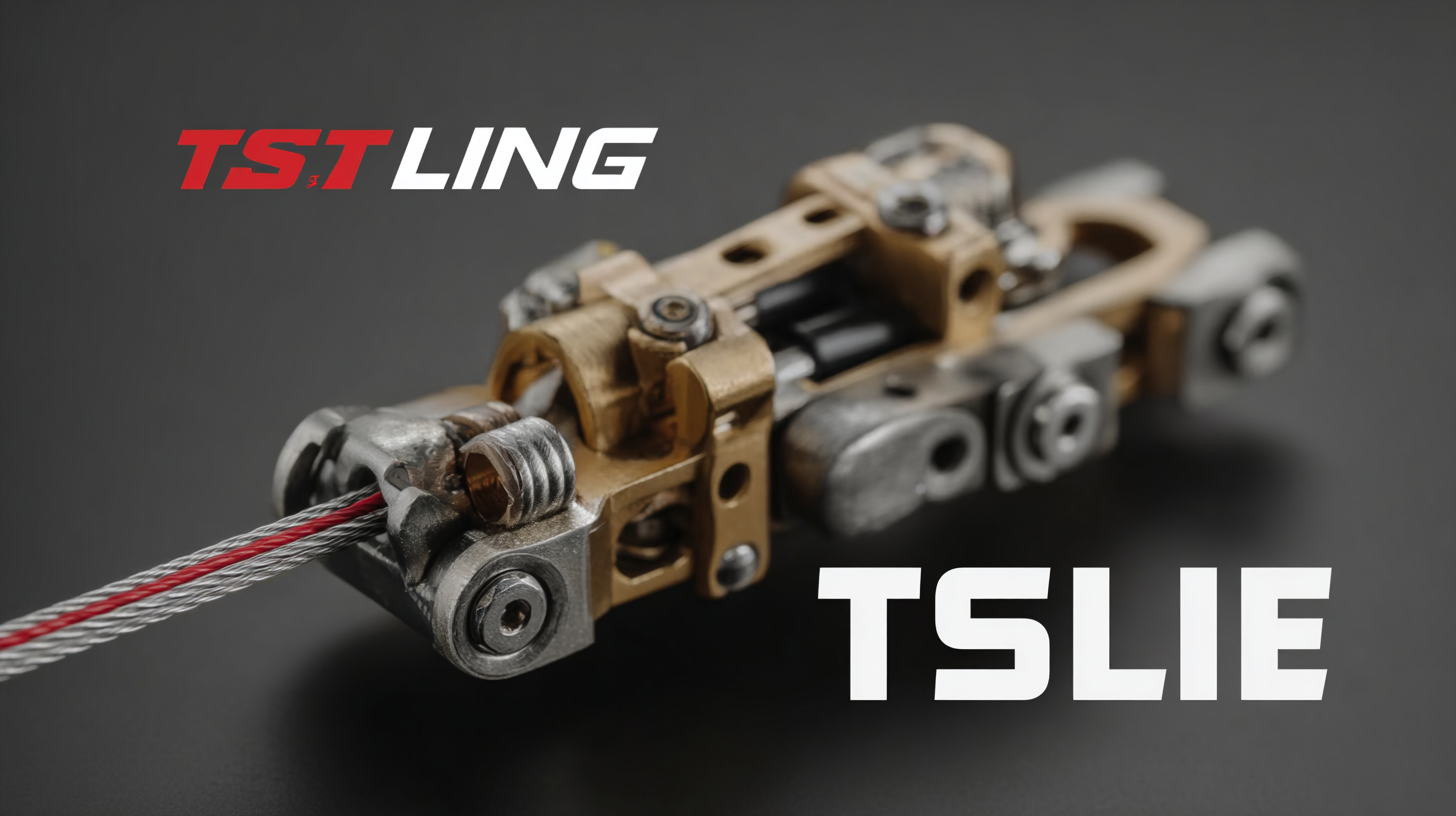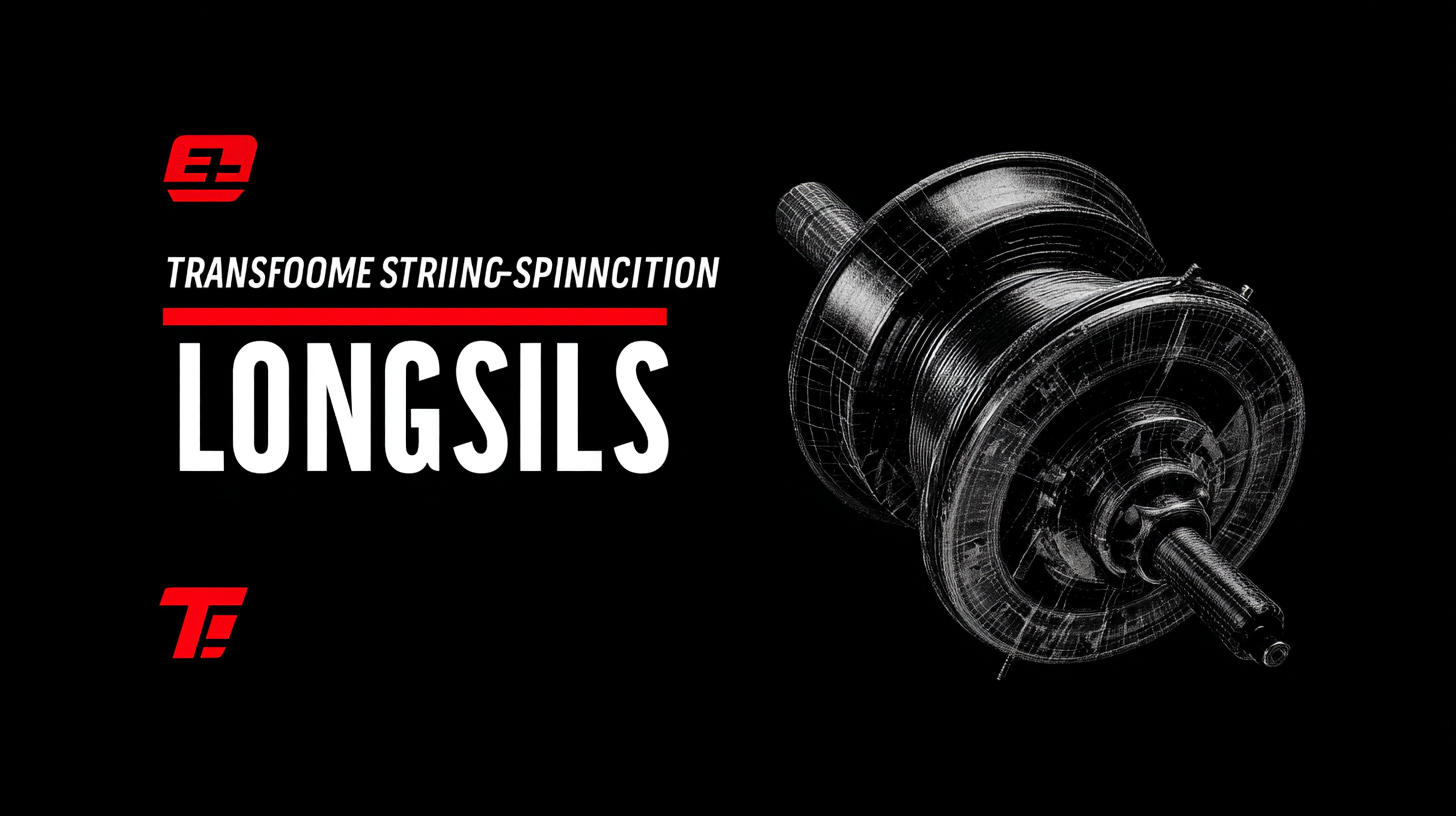QR Code

Products
- Conductor Pulley Stringing Blocks
- Transmission Line Stringing Tools
- Overhead Line Stringing Equipment
- Anti-Twisting Steel Wire Rope
- Transmission Line Pulling Winches
- Tower Erection Tools Gin Pole
- Underground cable Installation Tools
- Hydraulic Tools
- Electrical Cable Pulling Tools
- Conductor Stringing Blocks
- Transmission Stringing Blocks
Contact Us

Phone

Fax
+86-57465938668

E-mail

Address
No 6, 1st Rd Xiangshan Industrial Area Ningbo, Zhejiang Province, China



 In the ever-evolving field of electrical transmission, the efficiency of setting up transmission lines is heavily reliant on the quality of the tools used. Transmission Line Stringing Tools are essential for the successful installation and maintenance of these vital infrastructures, ensuring safety and reliability in the delivery of electricity. According to a report by the
In the ever-evolving field of electrical transmission, the efficiency of setting up transmission lines is heavily reliant on the quality of the tools used. Transmission Line Stringing Tools are essential for the successful installation and maintenance of these vital infrastructures, ensuring safety and reliability in the delivery of electricity. According to a report by the 
